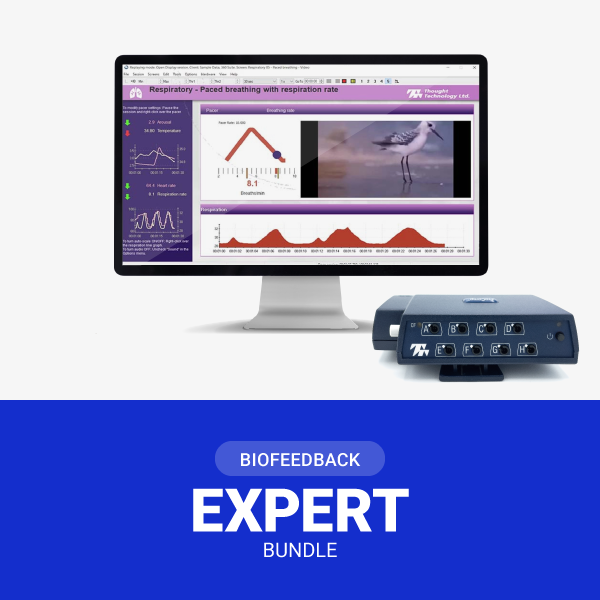qEEG works by applying small electrodes on the head to record brain signals. These electrodes measure electrical signals produced by nerve cells, the units in the brain that interact with each other. The data collected is then processed and presented as a set of waveforms. Each kind of brainwave—such as alpha, β, δ, and theta—corresponds to various psychological conditions and functions. For instance, alpha waves are commonly associated with relaxation, while β oscillations are linked to active cognition and problem-solving. By examining these trends, healthcare providers can identify irregularities that may indicate mental health concerns.

One of the major advantages of qEEG is its capability to provide objective data. In contrast to conventional assessments that rely on personal accounts from clients, qEEG offers a clear picture of neural activity. This objectivity can assist minimize biases in assessment and result to more precise treatment plans. For instance, if a patient is facing stress, qEEG can show particular patterns of brain activity that are associated with anxiety conditions. This data enables mental health experts to customize treatments more efficiently, whether through therapy, medication, or other treatments.
Moreover, qEEG can be especially beneficial in tracking treatment advancement. By conducting qEEG assessments at different points during therapy, healthcare providers can monitor variations in neural function over period. This continuous assessment assists ascertain whether a treatment is effective or if modifications are needed. For instance, if a patient is not reacting to a specific treatment, qEEG may indicate that their neural function has not altered in a manner that suggests progress. This response cycle can result to more customized and efficient mental health care.
In conclusion, qEEG brain mapping is a powerful tool in the field of mental health assessment. By providing objective data about brain see this website activity, it enhances the understanding of various mental health conditions. This method not only aids in accurate diagnosis but also helps in monitoring treatment effectiveness. As mental health professionals continue to explore the potential of qEEG, it holds promise for improving the lives of people dealing with psychological health issues. With continuous investigation and progress in techniques, the secrets of the brain may become clearer, leading to better results for those in requirement of assistance.